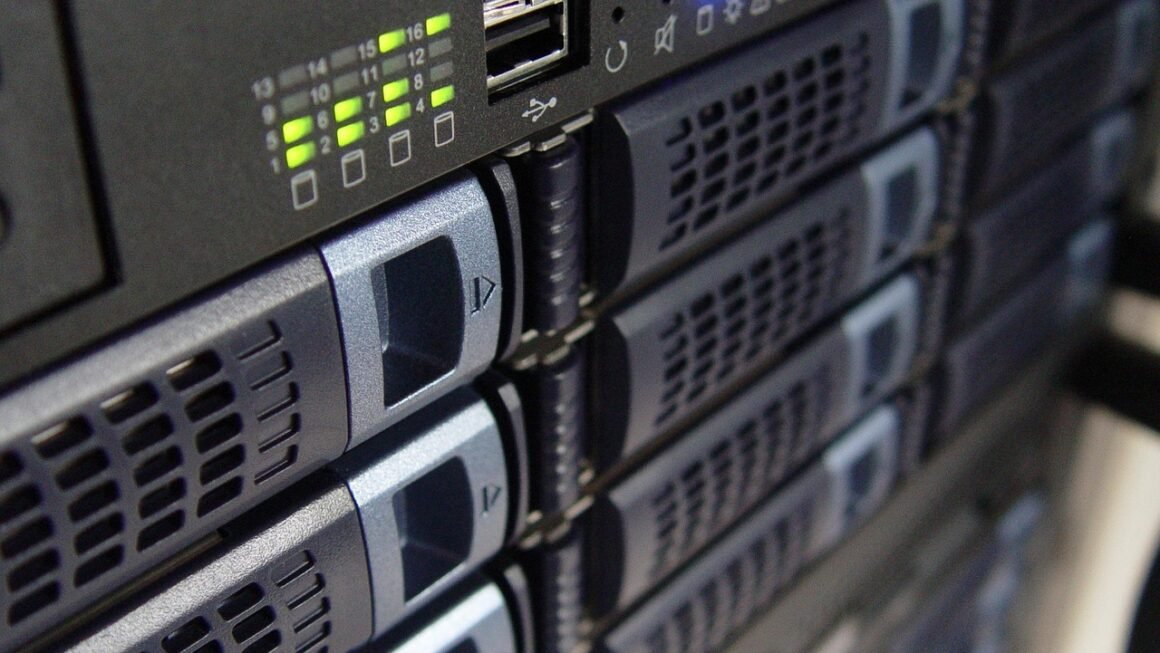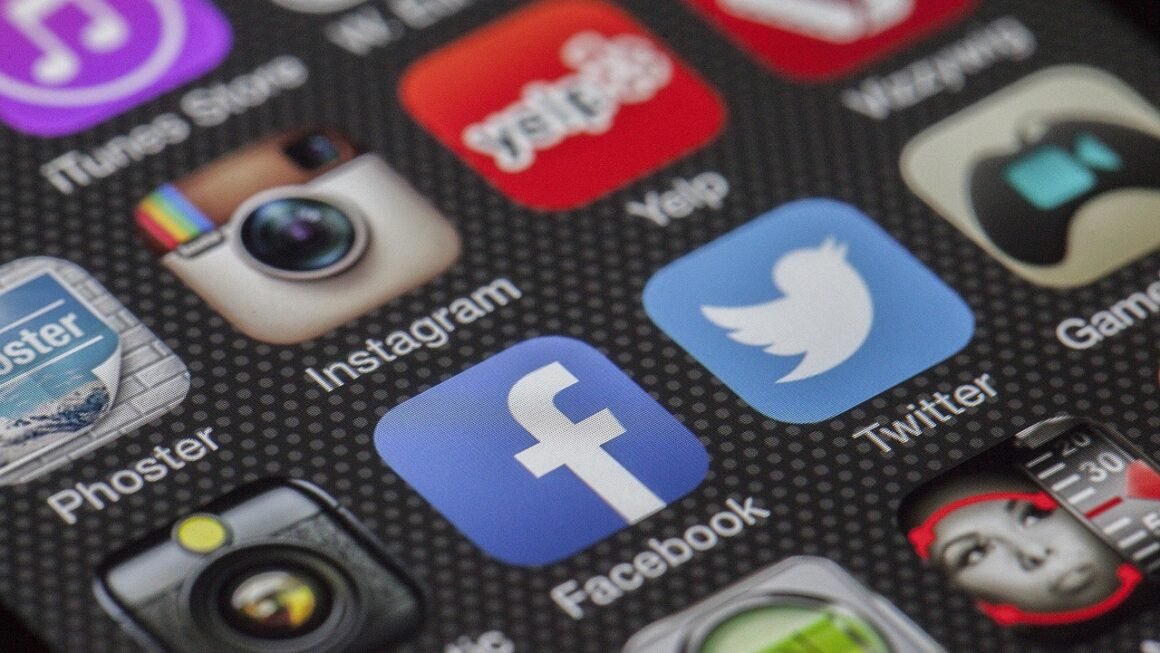The Internet of Things (IoT) is rapidly transforming the world around us, connecting everyday objects to the internet and allowing them to communicate and share data. From smart homes to industrial automation, IoT devices are streamlining processes, improving efficiency, and enhancing our lives in countless ways. Understanding the fundamentals of IoT, its applications, and potential challenges is crucial for businesses and individuals alike to harness its immense power.
What is the Internet of Things (IoT)?
Defining IoT
The Internet of Things (IoT) refers to the network of physical objects—”things”—that are embedded with sensors, software, and other technologies for the purpose of connecting and exchanging data with other devices and systems over the internet. These “things” can range from simple household items like smart thermostats and lighting systems to sophisticated industrial tools like robots and heavy machinery.
How IoT Works
IoT systems generally operate through a few core components:
- Devices: These are the physical objects with embedded sensors, actuators, and communication hardware.
- Connectivity: IoT devices connect to the internet or other networks using various technologies like Wi-Fi, Bluetooth, cellular, or LoRaWAN.
- Data Processing: Data collected by devices is sent to a processing platform, which could be in the cloud or on-premise. This platform analyzes the data to extract valuable insights.
- User Interface: A user interface, such as a mobile app or web dashboard, allows users to interact with the system, control devices, and view data.
Benefits of IoT
The adoption of IoT brings a multitude of benefits across various sectors:
- Increased Efficiency: Optimizing processes and resource utilization through data-driven insights. For example, smart agriculture can optimize irrigation based on real-time soil moisture data.
- Improved Decision-Making: Providing real-time data and analytics to support informed decision-making. In logistics, IoT sensors on trucks can provide real-time location and condition updates.
- Enhanced Customer Experience: Delivering personalized services and proactive support based on user data. Smart retail can analyze customer behavior to offer targeted promotions.
- Cost Reduction: Minimizing operational costs through automation, predictive maintenance, and resource optimization. Predictive maintenance in manufacturing can identify potential equipment failures before they occur.
Key IoT Applications Across Industries
Smart Homes
Smart homes are perhaps the most visible application of IoT. They integrate various devices and appliances to provide convenience, energy efficiency, and enhanced security.
- Smart Thermostats: Adjust temperature based on occupancy and user preferences, leading to energy savings. (e.g., Nest, Ecobee)
- Smart Lighting: Controlled remotely or automatically, offering customized lighting scenes and energy efficiency. (e.g., Philips Hue, LIFX)
- Security Systems: Offer remote monitoring, intrusion detection, and automated alerts. (e.g., Ring, Arlo)
Industrial IoT (IIoT)
IIoT focuses on leveraging IoT technologies to enhance industrial processes, improve efficiency, and reduce downtime.
- Predictive Maintenance: Monitoring equipment performance and predicting potential failures to minimize downtime. This can involve using sensors to detect vibrations, temperature changes, or other anomalies.
- Asset Tracking: Tracking the location and condition of assets in real-time to optimize logistics and prevent theft. (e.g., RFID tags, GPS trackers)
- Remote Monitoring: Remotely monitoring and controlling industrial equipment, allowing for faster response times and reduced labor costs.
Healthcare IoT
IoT is revolutionizing healthcare by enabling remote patient monitoring, improving patient outcomes, and streamlining healthcare operations.
- Remote Patient Monitoring: Wearable sensors and devices that track vital signs and transmit data to healthcare providers for remote monitoring. (e.g., Smartwatches, blood glucose monitors)
- Medication Management: Smart pill dispensers and medication adherence monitors to ensure patients take their medication as prescribed.
- Connected Medical Devices: Medical devices that are connected to the internet to share data, improving diagnostics and treatment. (e.g., Smart infusion pumps, remote diagnostic equipment)
Smart Cities
Smart cities utilize IoT technologies to improve the quality of life for citizens, optimize resource management, and enhance urban infrastructure.
- Smart Traffic Management: Real-time traffic monitoring and adaptive traffic signal control to reduce congestion.
- Smart Lighting: Energy-efficient streetlights that adjust brightness based on ambient light and traffic.
- Waste Management: Sensors in waste bins to monitor fill levels and optimize collection routes.
- Environmental Monitoring: Sensors that monitor air and water quality to improve environmental sustainability.
IoT Security and Privacy Concerns
Security Risks
The widespread adoption of IoT devices introduces significant security risks, as these devices often have limited processing power and memory, making them vulnerable to cyberattacks.
- Data Breaches: Unauthorized access to sensitive data collected by IoT devices.
- Device Hijacking: Remote control of IoT devices by malicious actors.
- Denial-of-Service (DoS) Attacks: Using a network of compromised IoT devices to overwhelm a target server with traffic, rendering it unavailable.
Privacy Concerns
IoT devices collect vast amounts of personal data, raising concerns about privacy and data security.
- Data Collection: IoT devices constantly collect data about user behavior, location, and habits.
- Data Storage: Personal data collected by IoT devices is often stored in the cloud, where it can be vulnerable to breaches.
- Data Usage: Data collected by IoT devices can be used for targeted advertising, profiling, and other purposes that may raise privacy concerns.
Mitigation Strategies
Addressing security and privacy concerns requires a multi-faceted approach involving manufacturers, developers, and users.
- Secure Device Design: Implementing security best practices during device design and development, including encryption, authentication, and secure boot.
- Regular Security Updates: Providing regular security updates to patch vulnerabilities and protect against emerging threats.
- Data Encryption: Encrypting data both in transit and at rest to protect it from unauthorized access.
- User Education: Educating users about security best practices, such as using strong passwords, enabling two-factor authentication, and keeping devices updated.
Choosing the Right IoT Platform
Key Features to Consider
Selecting the right IoT platform is crucial for successful IoT deployments. Key features to consider include:
- Scalability: The ability to handle a growing number of devices and data volumes.
- Security: Robust security features to protect against cyberattacks.
- Connectivity: Support for various connectivity protocols (e.g., Wi-Fi, Bluetooth, cellular, LoRaWAN).
- Data Management: Tools for data storage, processing, and analytics.
- Device Management: Features for device provisioning, configuration, and monitoring.
- Integration: Ability to integrate with other systems and applications.
Popular IoT Platforms
Several popular IoT platforms are available, each offering different features and capabilities:
- AWS IoT Core: Amazon’s cloud-based IoT platform, offering scalability, security, and integration with other AWS services.
- Microsoft Azure IoT Hub: Microsoft’s IoT platform, providing secure device connectivity, data management, and analytics.
- Google Cloud IoT Platform: Google’s IoT platform, offering scalability, security, and integration with other Google Cloud services.
- ThingSpeak: An open-source IoT platform ideal for prototyping and small-scale deployments.
Evaluating Platform Needs
Before selecting an IoT platform, organizations should carefully evaluate their specific needs and requirements.
- Define Use Cases: Clearly define the specific use cases that the IoT platform will support.
- Assess Scalability Requirements: Determine the number of devices and data volumes that the platform needs to handle.
- Evaluate Security Needs: Identify the security requirements for the IoT deployment.
- Consider Integration Requirements: Determine which systems and applications the IoT platform needs to integrate with.
- Evaluate Budget: Determine the budget for the IoT platform and implementation.
The Future of IoT
Emerging Trends
The field of IoT is continuously evolving, with several emerging trends shaping its future.
- Edge Computing: Processing data closer to the source, reducing latency and improving performance.
- Artificial Intelligence (AI) Integration: Integrating AI and machine learning algorithms to analyze IoT data and automate decision-making.
- 5G Connectivity: Leveraging 5G networks for faster and more reliable IoT connectivity.
- Digital Twins: Creating virtual representations of physical assets and systems to optimize performance and predict failures.
- Blockchain Technology: Using blockchain to enhance the security and integrity of IoT data.
Impact on Society
IoT has the potential to significantly impact society in various ways:
- Improved Healthcare: Remote patient monitoring, personalized medicine, and enhanced diagnostics.
- Sustainable Living: Smart homes, smart cities, and optimized resource management.
- Economic Growth: Increased productivity, innovation, and new business models.
- Enhanced Quality of Life: Increased convenience, safety, and well-being.
Challenges and Opportunities
Despite its immense potential, IoT also faces several challenges that need to be addressed.
- Security and Privacy: Ensuring the security and privacy of IoT data and devices.
- Interoperability: Ensuring that different IoT devices and systems can communicate and work together.
- Data Management: Managing the vast amounts of data generated by IoT devices.
- Skills Gap: Addressing the shortage of skilled professionals in IoT.
However, these challenges also present opportunities for innovation and growth. By addressing these challenges and embracing emerging trends, we can unlock the full potential of IoT and create a more connected, efficient, and sustainable future.
Conclusion
The Internet of Things is no longer a futuristic concept; it’s a present-day reality impacting nearly every aspect of our lives and industries. Understanding its principles, applications, and associated challenges is paramount for anyone looking to leverage its power. By prioritizing security, choosing the right platforms, and staying informed about emerging trends, individuals and organizations can harness the transformative potential of IoT to drive innovation, improve efficiency, and build a smarter, more connected world. The future is connected, and understanding the Internet of Things is key to navigating it successfully.



